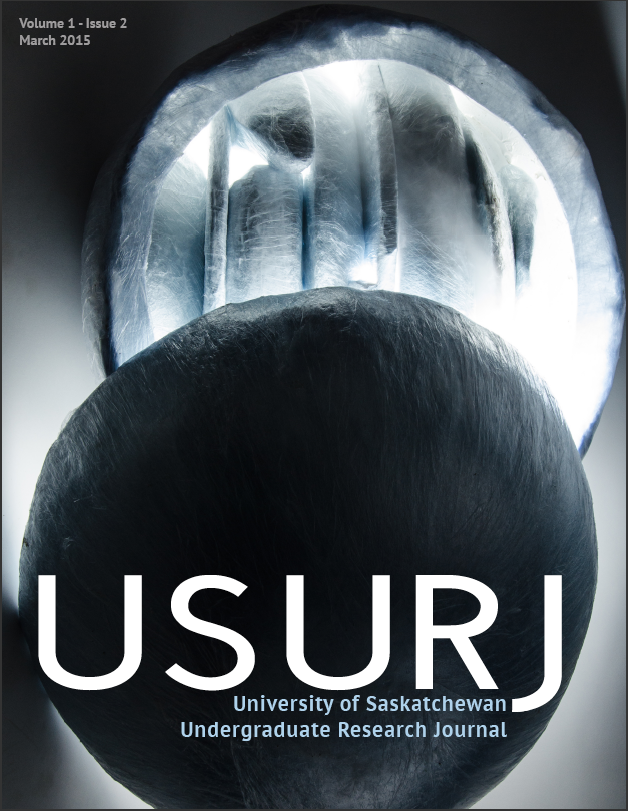The Safety of Aspartame
Main Article Content
Abstract
Aspartame is one of the most extensively tested food additives, yet public confusion remains about its safety. With an increase in sedentary lifestyles and rising obesity rates, a need exists to reduce the population's caloric intake. One way to accomplish this is by reducing sugar intake in food products by substituting sugar with a non-‐caloric sweetener such as aspartame. Aspartame is approximately 180 times sweeter than sucrose. Upon ingestion, it is metabolized into three molecules – aspartic acid, phenylalanine and methanol. Health Canada claims that there is no evidence that the consumption of aspartame, along with a healthy diet, poses a health risk to consumers. One can consume up to 40 mg/kg per day over the course of a lifetime without any risk. This is approximately 16 cans (351 mL each) of a diet soft drink per day for a 70kg (154 lb) individual. No scientific evidence exists to suggest that aspartame causes brain tumours, brain damage, multiple sclerosis, or any other pathological conditions. An instance where aspartame would need to be avoided altogether is in the case of a rare condition called phenylketonuria. It has been proposed that aspartame can increase appetite and preference for sweet tastes and thus, can contribute to increases in caloric intake and the prevalence of obesity, but there have been no studies conducted to support this claim. Ultimately, Health Canada, the Joint Expert Committee on Food Additives, and the World Health Organization have proved aspartame safe for human consumption.
Downloads
Article Details
Section
Articles: USURJ’s current Publication Agreements apply a Creative Commons Attribution-NonCommercial License (CC-BY-NC) by default. The CC BY-NC license lets others remix, tweak, and build upon work non-commercially. The author(s) can choose a different CC license, as outlined in https://creativecommons.org/about/cclicenses/. Please see the PDF for each article to determine what license is applied to that article. Author(s) can also request to reserve all copyright (All Rights Reserved). If there is no indication for articles published before September 2020, assume the author retains all rights beyond those necessary for publication by USURJ. All articles published after September 2020 will apply one of the aforementioned CC licenses. See the Publication Agreement under the Submission Preparation Checklist or Author Guidelines for more information. Artwork: All copyright for the original artwork remains with the artist unless they wish to apply a Creative Commons (CC) license to the artwork. Please see the PDF for each artwork to determine what license is applied to that artwork.
